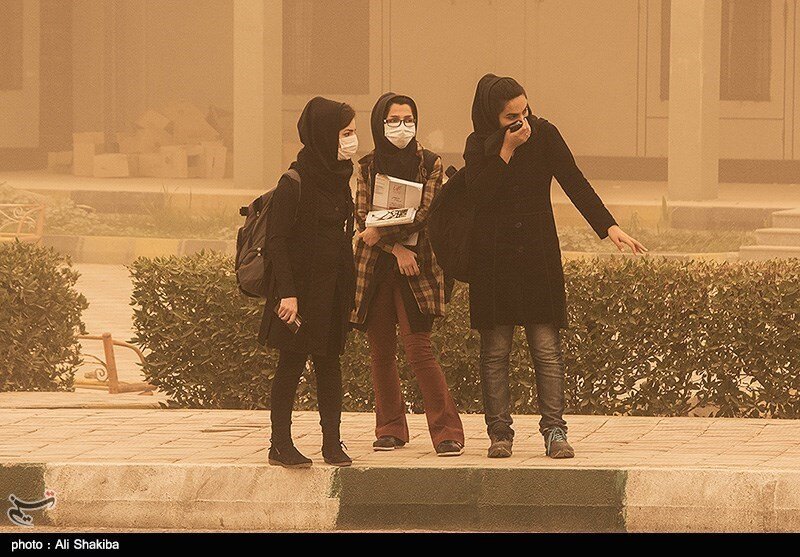10-year plan being developed to counter SDS hotspots

TEHRAN – A 10-year national plan is being prepared to deal with internal sand and dust storm (SDS) hotspots, in which the task of all related bodies is specified, Ali Mohammad Tahmasebi, head of the national working group for SDS mitigation, has said.
In the last four years, about €370 million has been spent from the National Development Fund to combat SDSs, which had good results, but it seems that the annual credit is declining as conditions improve, he added.
Last [Iranian calendar] year (March 2019-March 2020), €100 million was earmarked in this regard, but the next year's budget bill has proposed €20 million for SDS mitigation, which experts believe will even destroy those measures, he explained.
Tahmasebi went on to say that internal dust sources estimated at 34.6 million hectares, with an average amount of 4.22 million tons of dust per year, of which 122.7 kilograms of dust per hectare is raised annually.
“Based on this, various measures have been taken to design and prioritize the regions, including, planting seedlings on about 110,000 hectares of dust centers in the past three years, as well as managing grazing in 2 million hectares of the protected areas and natural resources.”
Conservation agriculture (sustainable agriculture) was conducted on 50,000 hectares of farming lands because about 4.5 million out of 34.6 hectares of SDSs hotspots are agricultural lands, in addition to 200 to 300 km of dredging, he added.
In the meantime, about 1.4 million hectares of wetlands are generating dust, which with dredging, the water enters the wetland’s bed and prevented it from dust generation, he noted, adding, about 3,000 kilometers also undergone plantation to reduce dust rising.
“Moreover, we were monitoring 188 dust measuring stations, and about 60 new stations have been established that can measure particulate matter less than 2.5 microns and 10 microns.”
“We are also preparing a 10-year plan based on mitigation of internal dust hotspots. In this plan, the task of all responsible bodies during the 10 years leading up to 2032 is specified, in addition to the amount of credit, and operations,” he also said.
The SDSs hotspots in other countries stretch to 330 million hectares, with an average of 150 million tons of dust generation per year, which is raised from Turkmenistan, Uzbekistan, Afghanistan, Pakistan, Iraq, Syria, Saudi Arabia, and Jordan, he highlighted.
A practical plan is also being developed to counter external hotspots, and we are looking to prepare a sub-plan with each of the countries and regions, which will be prepared by May, he added.
Since the past decade, southern and western provinces of the country are frequently hit by severe sand and dust storms, as well as drought, which is caused by both internal and external hotpots. Major external SDSs sources are Syria, Saudi Arabia, and Iraq.
It was around the year 2005 that the first signs of sporadic SDS appeared in southwestern Iran. Just seven years later, sand and dust storms became so persisting and terrible that PM concentration reported 22 times above the safe levels.
In fact, Iran has been repeatedly exposed to SDSs due to its presence in the arid and semi-arid parts of the world; consumption, changing the pattern of cultivation, and climate change have increased the negative effects of this phenomenon.
A sandstorm or dust storm is a meteorological phenomenon usually caused by strong and turbulent winds blowing over loose soil or sand and sweeping up large quantities of sand or dust particles from the ground, clouding the air and reducing visibility drastically.
FB/MG
